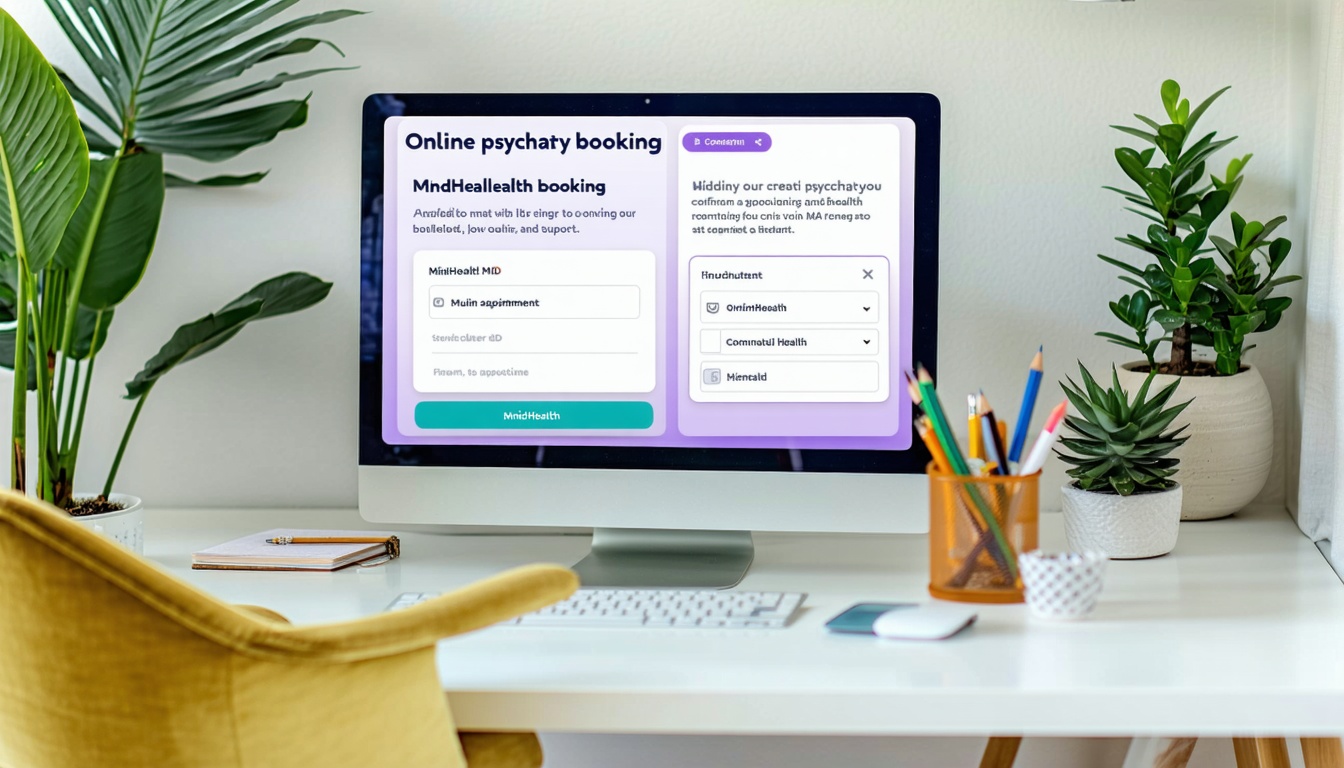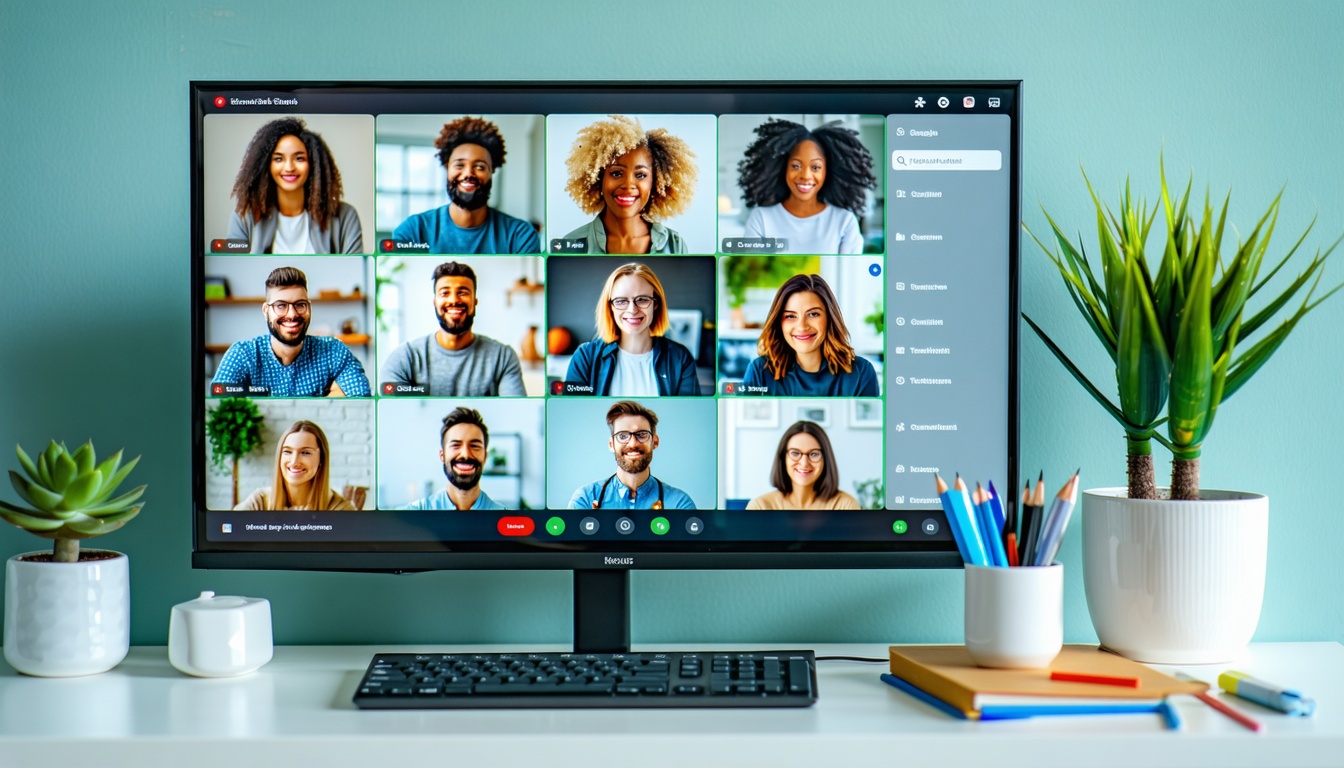Understand MAT basics
Medication-assisted treatment (MAT) for opioid addiction is a comprehensive approach that combines approved medications with counseling and behavioral therapies to help you or a loved one overcome opioid use disorder. This strategy, promoted by major health organizations like the Food and Drug Administration (FDA) and the Substance Abuse and Mental Health Services Administration (SAMHSA), has changed many lives for the better. It focuses on easing withdrawal symptoms, reducing cravings, and cutting down the risk of relapse—all while you work toward a healthier, more sustainable lifestyle.
Why is MAT a game-changer? It tackles the biology of opioid dependence, not just the psychological components. When used under proper clinical supervision, MAT helps your body regain balance, blocks that intense euphoric rush from opioids, and keeps cravings in check. In other words, instead of simply telling you to “just quit,” MAT supports you through every stage of recovery, from withdrawal to long-term maintenance. According to SAMHSA, less than 20% of people with opioid use disorder receive the medications they need to successfully beat opioid dependence [1]. So, if you or someone you care about is struggling with opioid misuse, MAT can be a structured, safe way to manage withdrawal and pave a path toward lasting recovery.
One big misconception? Many worry that medication-assisted treatment simply replaces one addictive substance with another. That’s not the case. MAT medications—such as buprenorphine, methadone, or naltrexone—are proven to be effective and safe in regulated doses. Unlike illegal opioids, these treatments generally do not produce uninhibited euphoria, and they’re dispensed in a setting designed to help you get support, therapy, and accountability. In fact, MAT has been shown to reduce opioid use, lower the risk of fatal overdose, and improve overall daily functioning [2].
What is MAT?
Medication-assisted treatment involves using specific medications to help you feel steady and clear-headed while your body adapts to functioning without illicit opioids. Coupled with counseling, support groups, and therapy sessions, MAT replaces chaos with consistency. According to the FDA, three medications—methadone, buprenorphine, and naltrexone—form the backbone of OUD (opioid use disorder) treatment today [3]. These medications are not quick fixes, but they can turn a nearly impossible climb into one that is both doable and less daunting.
If you’re worried about becoming dependent on MAT medications, it helps to understand that dependence is not the same as addiction. Medically supervised medications can help you reach stability, and, once you’ve improved and gained healthier coping skills, you can taper off if you and your care team decide it’s the right time. Ultimately, MAT is a personalized journey that acknowledges your unique needs, whether that means short-term stabilization or long-term maintenance.
Examine opioid addiction challenges
Opioid addiction in the United States is more common than you might think. In 2020 alone, over 6.1 million people aged 12 or older experienced an opioid use disorder [3], underscoring the scope of this public health crisis. Are you noticing patterns of repeated opioid use or withdrawal symptoms when you try to stop? You’re not alone, and there’s no shame in seeking help. Addiction is a medical condition, not a moral failing.
What leads to opioid dependence in the first place? Often, it begins with a prescription for pain relief after surgery or an injury, but it can progress toward misuse, especially if painkillers are used more frequently or for a longer period than recommended. Illegal opioids like heroin also pose serious risks, from dangerous street additives to a higher chance of overdose. Many individuals worry about the stigma of admitting a problem, which keeps them from exploring essential resources like MAT. Yet the earlier you reach out for help, the better your chances of regaining control over your life.
The challenges linked to opioid addiction extend beyond physical symptoms. Substance use can disrupt relationships, finances, careers, and mental health. It’s a lot to handle on your own. Have you noticed increased isolation, depression, or even legal issues emerging in your life or a loved one’s life? These are flags that it might be time to seek a more formal treatment approach. In fact, upward of 833,598 calls reached SAMHSA’s National Helpline in 2020—a 27% uptick from the previous year [4]. That rise suggests people are increasingly aware of the need for external support. So, if you’re feeling overwhelmed, remember: help is just a phone call or online consultation away.
Know your medication options
Not all medication-assisted treatments are the same. Different medications serve different functions, and they each have unique benefits or ideal usage scenarios. Let’s break down four common treatments you’ll hear about when exploring MAT for opioid addiction.
Buprenorphine
Buprenorphine is a partial opioid agonist. That simply means it partially stimulates the same receptors that opioids latch onto, helping to alleviate cravings without unleashing a full “high.” Because of this ceiling effect, it’s less likely to produce dangerous respiratory depression compared to stronger opioids. Today, healthcare providers—including doctors, nurse practitioners, and physician assistants—can prescribe buprenorphine, making it simpler to access, even remotely. According to NIDA, buprenorphine can reduce the risk of relapse and overdose, plus it’s often paired with naloxone (an opioid blocker) to discourage misuse [1].
Methadone
Methadone has been a primary MAT medication since the 1960s. It’s a long-acting opioid agonist and must be dispensed through certified opioid treatment programs. Although some people associate methadone with strict clinics and daily queues, the regulations have become more flexible in recent years. Studies show that individuals may now qualify for additional take-home doses that can last up to four weeks, improving comfort and convenience [1]. Methadone can be especially helpful if you’ve struggled with a severe opioid addiction and need a structured treatment setting.
Naltrexone
Unlike buprenorphine or methadone, naltrexone isn’t an opioid at all. It’s an opioid receptor antagonist, meaning it blocks the pleasurable effects opioids typically create. Naltrexone acts like a guard stationed at the receptors—when opioids attempt to bond, they’re simply turned away. Because it doesn’t activate the receptors, naltrexone carries zero addiction risk. It can be administered as a monthly injection for extended release, making it a convenient option if you dislike taking daily medications or if you prefer a discreet approach [1].
Lofexidine
Lofexidine is another FDA-approved medication for alleviating withdrawal symptoms, such as nausea, muscle twitching, and sleep problems [1]. It’s more of a supportive agent during the initial detox stage. If you or your loved one can’t use or tolerate other medications, lofexidine might be recommended to reduce the shock of withdrawal and keep you somewhat comfortable while transitioning off opioids. However, it’s typically not a long-term solution. Instead, it can serve as a bridge, making a difficult stretch more manageable until you’re ready to continue your recovery plan or move to a different medication.
Work with MindHealth MD
When you’re searching for a trusted partner in this journey, consider MindHealth MD. We’re all about staying on the cutting edge of telehealth psychiatry, medication-assisted treatment, and TMS services tailored to your unique situation. Our goal is simple: to make sure you receive a thorough, personalized plan for conquering opioid addiction while also getting support for any overlapping mental health challenges. Wondering how this all comes together?
We start by evaluating your needs through a simple screening process. You can schedule a telehealth mat consultation with one of our qualified professionals who’ll talk you through any immediate concerns, such as withdrawal or co-occurring conditions like depression or anxiety. Since telehealth offers real-time video sessions, you don’t have to commute or worry about complicated appointments. You get specialized care from the comfort of your home. Think about how much that convenience can help you stick with your treatment plan long term.
But MindHealth MD doesn’t stop at MAT for opioid addiction. If you or a loved one struggles with persistent depression alongside substance use, you can also explore tms therapy for depression. TMS (transcranial magnetic stimulation) uses targeted magnetic pulses to help regulate brain activity related to mood, often benefiting individuals who haven’t responded fully to medication. And since everything we do ties back to comprehensive care, we seamlessly combine therapy, medication management, and TMS into a holistic approach. That means fewer gaps in your treatment and more cohesive care.
We also focus on removing barriers. For instance, if you’re stressed about cost, we’ll help you navigate insurance or talk through self pay psychiatry session options. If you’ve felt uneasy about a typical in-person clinic, our online services let you maintain privacy. If you need quick help, try solutions like same day psychiatric evaluation so you can kickstart your recovery instead of waiting weeks for an appointment. All in all, MindHealth MD is dedicated to helping you find the approach that best empowers you to move forward one day at a time.
MAT benefits you can expect
When you begin medication-assisted treatment, it’s only natural to ask, “What’s in it for me?” or “How quickly will I see improvements?” While everyone’s experience is unique, here’s what you can generally anticipate:
-
Reduced cravings – The primary job of MAT medications is to cut back those relentless urges to use opioids. Over time, you’ll notice that constant restlessness and obsession diminishing, so you can refocus on your routine, relationships, or work.
-
Less severe withdrawal – MAT helps prevent the intense withdrawal symptoms that so often lead people back to opioids. Instead of riding out a harsh detox phase alone, you’ll have a stable medication to iron out the worst of the discomfort.
-
Improved mental clarity – Many people say they can think straight for the first time in months, or even years, once they start treatment. When your brain isn’t in survival mode, it’s easier to be present, set goals, and heal mentally.
-
Better overall function – Studies show that MAT can help you hold down a job, maintain healthier relationships, and avoid criminal behavior linked to drug-seeking [5]. You become free to engage in meaningful activities.
-
Greater success in therapy – Counseling is a vital component of MAT. With milder cravings, you can focus on the root causes of addiction, learn coping strategies, and build a more resilient mindset without constantly fighting off withdrawal pangs.
What if you have a relapse or slip? Don’t panic. MAT is part of a continuous treatment approach. You might work with your provider to modify your medication, attend more therapy sessions, or incorporate additional support like peer groups. The point is to keep moving forward and to remember that setbacks don’t wipe out all your progress—they’re just signals that you need an adjustment in care.
Frequently asked questions
Below are five of the top questions we often hear from individuals considering MAT for opioid addiction. Each answer aims to clarify how MAT works, what to expect, and how MindHealth MD can guide you or a loved one through an effective recovery plan.
-
Is MAT just trading one addiction for another?
Not at all. With medication-assisted treatment, you’re using carefully supervised doses of medications that do not replicate the intense high associated with illicit opioids. Methadone, buprenorphine, or naltrexone each operate differently, but their main goal is to stabilize your brain chemistry so you can focus on recovery. Because you’re under professional guidance, you’ll be monitored for signs of misuse, and you’ll have regular check-ins to track your progress. The outcome is more control over your life, not a substitute habit. -
How long will I be on MAT medications?
There’s no one-size-fits-all timeline. Some people only need support for several months, while others might benefit from a longer course of treatment to maintain stability. Factors such as your medical history, level of dependence, and overall mental health will influence how long medication should remain part of your plan. Many individuals choose to taper down gradually under medical supervision once they reach a point of steady recovery. Others stay on MAT for years, considering it an ongoing management tool that allows them to live life with fewer cravings or risks. -
Can I do MAT through telehealth only?
Absolutely. MindHealth MD offers a virtual psychiatry session framework that’s well suited for MAT. After an initial telehealth assessment, you’ll receive prescriptions (if medically appropriate), schedule follow-up check-ins, and participate in ongoing therapy sessions—all online. Some states have specific regulations around prescribing MAT medications via telehealth, but rules have generally become more flexible, especially since telehealth has demonstrated its effectiveness in reaching people who might otherwise have no access to care. Telehealth also makes it easier for you to schedule appointments around work or family obligations. -
Will insurance cover MAT for opioid addiction?
Many insurance plans now recognize the value of evidence-based treatments, including MAT. There’s a good chance your plan covers some or all of the costs associated with these services, but you should still verify your specific coverage to avoid surprises. At MindHealth MD, we do our best to guide you through the process. If you run into limitations or high co-pays, we can talk about alternatives like a self pay psychiatry session. Our main goal is to remove obstacles so that you can start healing quickly. -
Do I need counseling too, or is medication enough?
Counseling is a key part of a strong MAT program. While the medication works on your brain plumbing—making your physical cravings more tolerable—counseling helps you address triggers, underlying mental health issues, and behavioral patterns that played a role in your addiction. You might discuss coping strategies, work through past traumas, or learn how to build a stable support network. It’s during these sessions that you also celebrate milestones, refine your goals, and set a positive direction for your future. Combining both medication and therapy significantly increases your chances of long-term recovery, according to research from both SAMHSA and NIDA.
Wrap up and next steps
Overcoming opioid addiction is far from easy, but MAT can be the lifeline that helps you or your loved one break free from endless cycles of withdrawal and relapse. By blending medications like buprenorphine, methadone, or naltrexone with psychological support and personal accountability, you create a foundation for genuine healing. And if you’re concerned about scheduling, accessibility, or privacy, you can rely on services like medication assisted treatment at MindHealth MD. We’ve built a telehealth model that puts your convenience first, provides expert psychiatric care, and connects you with additional options if you need them—such as TMS for resistant depression or urgent scheduling for those times when waiting isn’t an option.
If you’re ready to take actionable steps toward a healthier future, consider reaching out for a telehealth mat consultation. We’re here to listen, guide, and empower you with the tools needed to navigate recovery at your own pace. Whether you decide on a short stabilization period or a more extended care plan, you can count on compassionate, individualized support.
So why wait? The opportunity to regain control and better your life is in your hands. Taking the first step, even if it feels small right now, signifies progress. MAT can be your roadmap out of opioid addiction. When you pair medication management, therapy, and a responsive healthcare partner like MindHealth MD, you give yourself the best possible shot at turning the page on addiction, once and for all. Remember, the goal is a healthier, more hopeful life—and that’s something you absolutely deserve.








